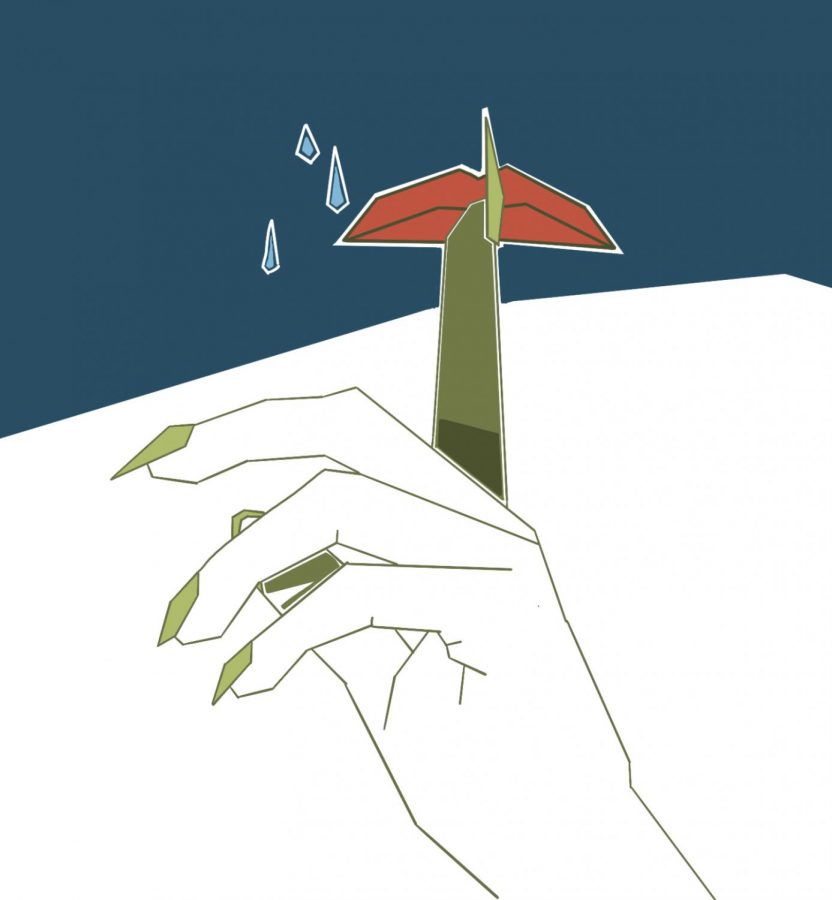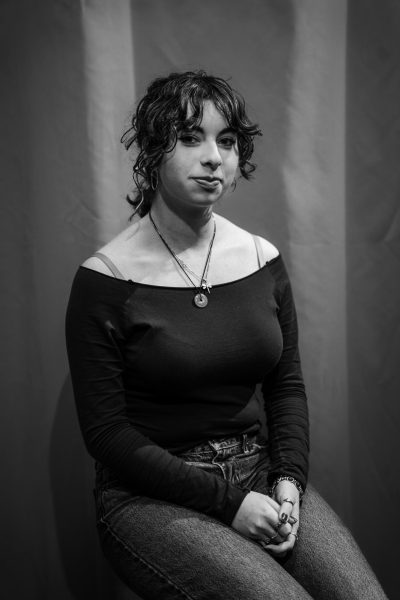“In the Dream House” Is an Essential Piece of Queer Literature
December 25, 2021
Domestic violence. Abusive relationships. Emotional manipulation. What did you picture reading those words? There’s a pretty high chance you thought of an abusive man and an abused woman—or vice versa. That inclination makes sense; the media typically focuses on domestic violence in heterosexual relationships. Those stories, while very important, overshadow another equally important topic: abuse in queer relationships.
In her 2019 memoir In the Dream House, Carmen Maria Machado shines a light on the complicated and underrepresented topic that is queer abuse. Machado recounts her own experience in an abusive relationship with a woman, including how she got into it, why she stayed, and how she left. The beginning of In the Dream House reads like a romance novel—it is light and optimistic, leaving the reader with a sense of ease that is soon replaced by discomfort. Red flags begin to pop up, but excuses are always made, continuing the cycle of violence in Machado’s relationship.
The book grapples with the fact that people you love can hurt you. As Machado writes in the novel, “anyone who knows your name can break it in two.” Told in the second person, In the Dream House puts you in Machado’s shoes, making it impossible to escape the horrors of her story. As Machado recounts her abusive relationship, readers are not simply looking in—they are reliving it with her. She maintains the audience’s attention by utilizing a different genre for every chapter, each containing its own metaphors and allusions to create a deeper understanding of Machado’s experience, even including a “choose your own adventure” section to highlight her thought process and the possible paths in her relationship.
While changing from genre to genre may sound confusing to read, Machado carefully weaves them together, strengthening the power and flow of her memoir. References to songs, movies, and other literary works are used to drive the story by connecting to Machado’s feelings at the time. The story is brutally honest, and continues to send you back in the relationship, showing how damaging her ex-girlfriend was and how difficult it was to leave her.
Machado’s perspective in her abusive relationship is essential for queer education—how can queer people understand a problem that doesn’t seem to exist? Abusive queer relationships are oftentimes forgotten. Our society’s gender norms make it seem unprecedented for a woman to abuse someone, or even for a man to abuse another man. Some queer people find it hard to believe abuse exists in their community, which stems from the idea of the male abuser and the female victim.
The real terror behind In the Dream House is that the story is not unique; a research article from Frontiers in Psychology found that “…over 50% of gay men and almost 75% of lesbian women reported that they were victims of psychological IPV [intimate partner violence].” Queer abuse seems like a fantasy, fake enough to dismiss. But disregarding the reality of queer abuse only isolates queer victims of domestic violence, making it easier to fall deeper into the cycle of abuse.
This piece also appears in our December 2021 print edition.











